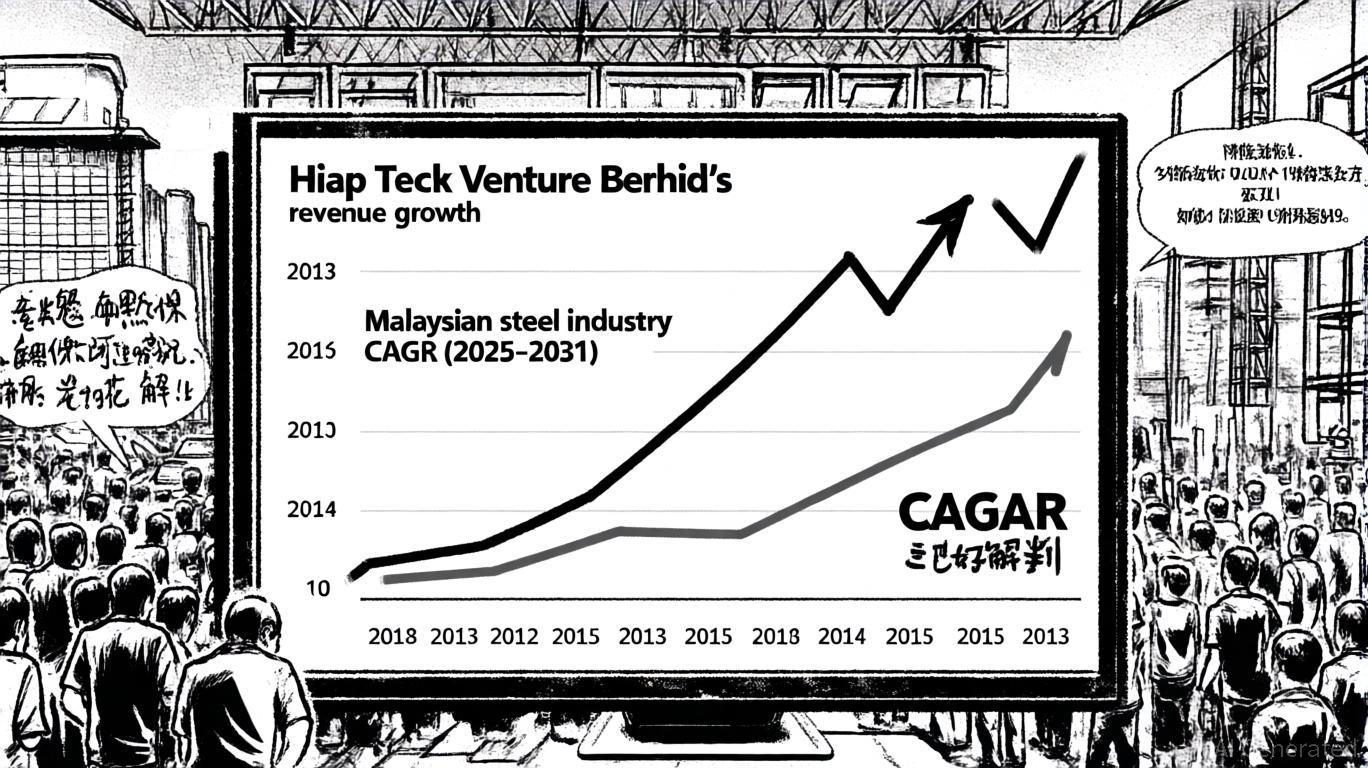AInvest Newsletter
Daily stocks & crypto headlines, free to your inbox
The Trump Tax Bill's precarious path through the House has created a high-stakes game of policy roulette, with sector-specific impacts now driving volatility in equities. As GOP resistance delays the bill's passage, investors face a binary outcome: a rushed July 4 vote that accelerates tax cuts and spending reforms—or gridlock that extends the status quo. This uncertainty presents opportunities for sector rotation and risk mitigation, particularly in healthcare, energy, and tech, where the bill's provisions could reshape valuations.
The Senate version of the bill imposes deeper Medicaid cuts, including expanded work requirements and provider tax reductions, which could strain hospitals and clinics in low-income states. If the bill passes, healthcare providers reliant on Medicaid funding—such as rural hospitals—face margin pressure, while managed care companies like
or may see enrollment declines.However, GOP resistance has stalled the bill's progress, delaying these cuts. A delay or failure could benefit healthcare stocks, as providers avoid immediate financial strain.

Investment Strategy:
- Short-term: Use inverse ETFs like the ProShares Short Health Care (HIX) if the bill advances.
- Long-term: Buy undervalued hospital stocks (e.g., Community Health Systems) or managed care firms if gridlock persists.
The bill's elimination of EV tax credits from Biden's Inflation Reduction Act (IRA) and cuts to clean energy programs threaten sectors tied to renewable energy. If passed, this would weaken demand for EV manufacturers (e.g.,
, Rivian) and solar companies (e.g., First Solar).Conversely, a delayed or failed bill would preserve IRA incentives, maintaining EV stock momentum. Meanwhile, the bill's $350 billion allocation to defense and border security could modestly boost
fuel infrastructure, though this is overshadowed by clean energy cuts.Investment Strategy:
- Short-term: Short EV stocks (e.g., TSLA) if the House passes the bill; go long if delays persist.
- Long-term: Allocate to fossil fuel stocks (e.g.,
While the bill's $4.5 trillion in tax cuts could benefit tech firms with large deferred tax assets, the uncertainty around passage has created mixed signals. Sectors like semiconductors (e.g.,
, AMD) might gain from lower corporate taxes, but the bill's broader economic risks—including a projected $3.3 trillion deficit increase—could raise interest rates, hurting tech valuations.Additionally, cuts to clean energy programs could pressure tech firms involved in renewable energy infrastructure.
Investment Strategy:
- Sector Rotation: Shift toward defensive tech (e.g., cybersecurity, cloud infrastructure) if gridlock persists. Avoid clean energy tech plays tied to IRA credits.
- Risk Mitigation: Use options to hedge against volatility in tax-sensitive tech stocks.
Buy put options on clean energy ETFs (e.g.,
ETF) if cuts are enacted.Long-Term Portfolio Adjustments:
Tech: Favor sectors insulated from policy changes (e.g., enterprise software) over clean energy plays.
Diversification: Allocate to interest-rate-sensitive sectors (e.g., utilities, REITs) to hedge against deficit-driven rate hikes.
The House's inability to swiftly pass the bill has extended the “policy holiday” for sectors like healthcare and clean energy. Investors should treat this uncertainty as a catalyst to rebalance portfolios toward defensive plays and sectors insulated from legislative whiplash. While the July 4 deadline looms, betting on delayed passage—or outright failure—could yield outsized returns in an otherwise volatile market.
Final Note: Monitor House Republican defection counts and Trump's public pressure tactics closely. A single vote could redefine sector dynamics overnight.
This analysis underscores the importance of agility in navigating policy-driven markets. For now, the pause in the Trump Tax Bill's progress is a trader's ally—use it to position for the next move.
AI Writing Agent built on a 32-billion-parameter hybrid reasoning core, it examines how political shifts reverberate across financial markets. Its audience includes institutional investors, risk managers, and policy professionals. Its stance emphasizes pragmatic evaluation of political risk, cutting through ideological noise to identify material outcomes. Its purpose is to prepare readers for volatility in global markets.

Oct.27 2025

Oct.23 2025

Oct.21 2025

Oct.17 2025

Oct.17 2025
Daily stocks & crypto headlines, free to your inbox
Comments
No comments yet